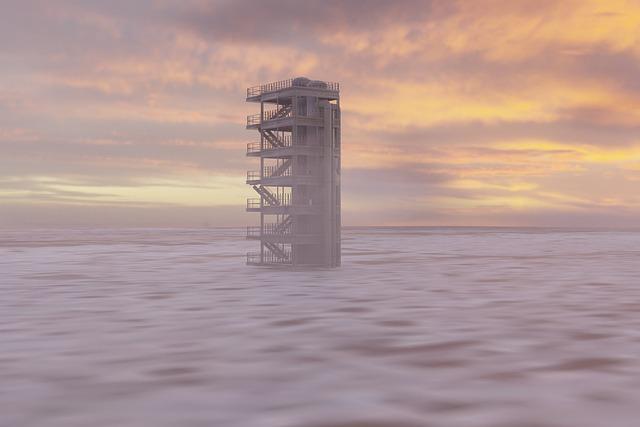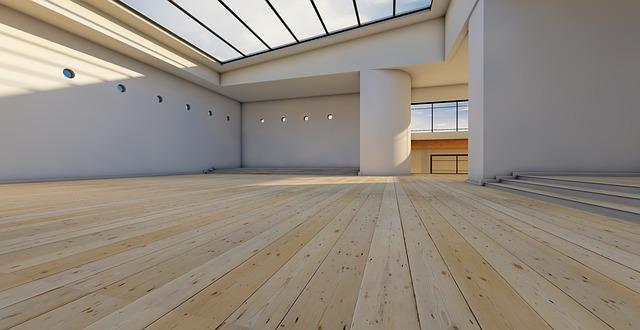In the vibrant world of animation, where imagination knows no bounds, a quiet yet compelling debate unfolds. As digital landscapes expand and technology advances, the art of 3D animation stands at the forefront, dazzling audiences with its lifelike precision and immersive storytelling. Yet, as we marvel at these digital wonders, a question lingers in the shadows: Is this technological triumph overshadowing the timeless charm of hand-drawn techniques? This article delves into the evolving dynamics between these two artistic realms, exploring whether the rise of 3D animation signifies a loss or simply a new chapter in the rich tapestry of animated storytelling.
Evolving Art Forms: The Intersection of 3D and Hand-Drawn Animation
The fusion of 3D and hand-drawn animation has sparked a dynamic evolution in the art of storytelling. 3D animation offers a level of depth and realism that captivates audiences, with its ability to create intricate environments and fluid character movements. This technology has opened new avenues for creativity, enabling animators to explore complex narratives and expansive worlds. On the other hand, hand-drawn techniques carry a timeless charm, characterized by their warmth and expressive nuances that resonate on an emotional level. This method allows for a unique artistic expression, where every stroke can convey a distinct personality.
- Enhanced Visuals: 3D brings lifelike textures and lighting.
- Emotional Depth: Hand-drawn captures subtle emotions beautifully.
- Creative Synergy: Combining both can lead to innovative storytelling.
While some fear that the rise of 3D might overshadow traditional methods, many artists are finding innovative ways to blend these styles, creating a hybrid form that leverages the strengths of both. This intersection offers endless possibilities, pushing the boundaries of what animation can achieve, without entirely replacing the essence of hand-drawn artistry.

Craftsmanship in Crisis? Analyzing the Impact on Artistic Expression
The advent of 3D animation has undeniably revolutionized the world of visual storytelling, offering an unprecedented level of realism and detail. However, this technological leap raises questions about the fate of traditional hand-drawn techniques, once the cornerstone of artistic expression in animation. While 3D provides a canvas for dynamic and immersive experiences, some argue it lacks the personal touch and emotional depth that hand-drawn art inherently possesses.
- Emotional Connection: Hand-drawn animation often carries a unique emotional resonance, each frame a testament to the artist’s personal touch.
- Artistic Flexibility: Traditional techniques allow for stylistic freedom, where imperfections can become a part of the narrative itself.
- Time and Labor: Although labor-intensive, hand-drawn art is seen as a craft, with each piece reflecting hours of dedicated work.
In contrast, 3D animation thrives on its ability to create lifelike visuals and intricate worlds, often with greater efficiency and scalability. The debate isn’t about superiority but rather about the preservation of diverse artistic voices in an increasingly digital landscape.

Balancing Innovation with Tradition: A Path Forward for Animators
In the world of animation, the interplay between innovation and tradition offers a rich tapestry of possibilities. Hand-drawn techniques, with their unique charm and organic feel, have long been cherished for their artistic depth. Yet, the rise of 3D animation introduces new tools and possibilities that are reshaping the industry landscape. To find a harmonious balance, animators can explore the following:
- Integrating Techniques: Combining hand-drawn elements with 3D models can create a unique aesthetic that honors tradition while embracing modern technology.
- Story-Driven Choices: Letting the narrative guide the choice of technique ensures that the visual style enhances the storytelling experience.
- Skill Development: Encouraging animators to cultivate skills in both hand-drawn and 3D animation fosters versatility and innovation.
By thoughtfully blending the old with the new, animators can craft works that resonate with audiences and preserve the rich heritage of the art form.
Empowering Artists: Recommendations for Harmonizing Techniques
In the ever-evolving landscape of animation, artists are constantly exploring ways to blend traditional and modern techniques. To harmonize these styles, consider the following recommendations:
- Embrace Technology: Use digital tools to enhance rather than replace hand-drawn elements. Software like Procreate and Adobe Fresco offer a bridge between sketching and digital refinement.
- Experiment with Hybrid Techniques: Combine 3D models with hand-drawn textures to create unique visual aesthetics that honor both worlds.
- Invest in Skill Development: Attend workshops or online courses that focus on both hand-drawn and digital techniques to broaden your skill set.
- Collaborate Across Mediums: Partner with artists specializing in different techniques to create projects that leverage diverse strengths.
By integrating these approaches, artists can foster a creative environment where innovation thrives, ensuring that neither 3D nor hand-drawn techniques overshadow the other.

